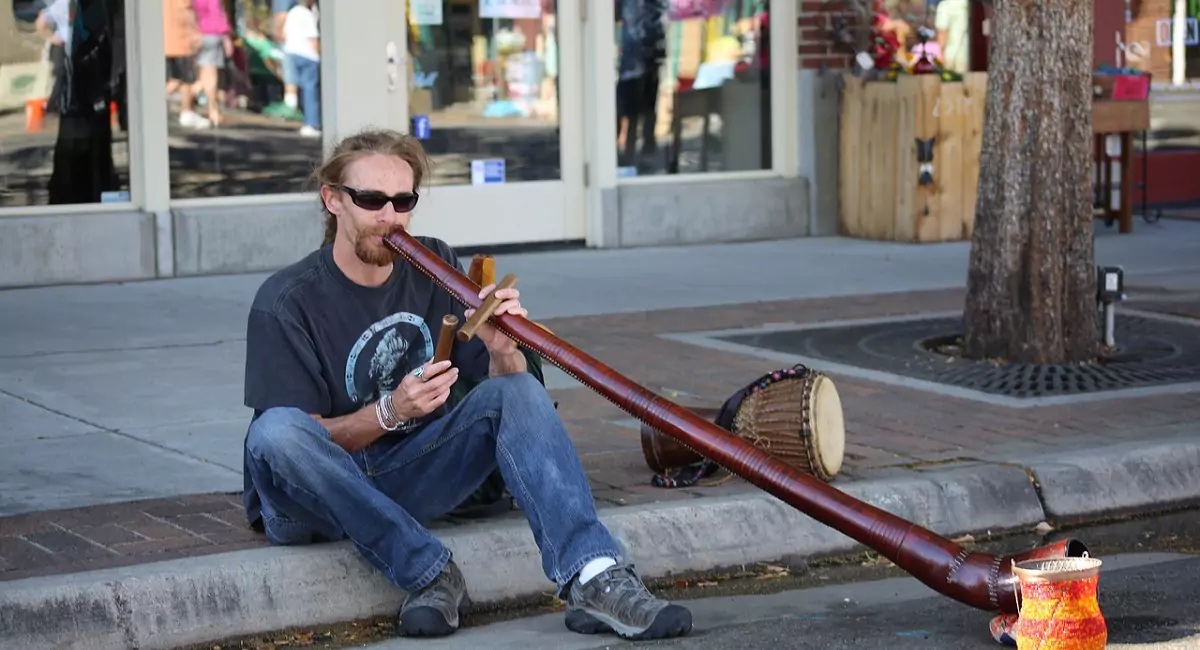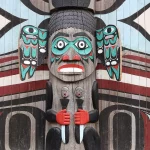
Healing Harmonies: How Music is Used in Indigenous Wellbeing Practices
Have you ever noticed that musical tunes seem to calm your nerves and help you relax? Music has long been recognised as a powerful tool for healing and transformation, and this holds true across diverse cultures and communities across the world. For Indigenous peoples in Australia, music plays a central role in their wellbeing practices, providing a spiritual connection, helping them express their emotions, and promoting communal harmony. You can learn all about the ways in which music is used to promote healing and restore balance within Indigenous communities by reading on below:
Ancestral Wisdom: The Origins of Healing Music
For Indigenous cultures in Australia, the use of music as a healing power is deeply rooted in their ancestral wisdom and spiritual beliefs. Music is believed to be a gift from the Creator, passed down through generations as a sacred tool for maintaining harmony within the self and the community. In many Indigenous societies, the process of making music is often considered a spiritual act, with each song and melody carrying the essence of the land, the ancestors, and the collective wisdom of the people. These healing harmonies are used to honour the past, invoke the presence of ancestors, and seek guidance from the natural world.
Cultural Diversity: Music as a Reflection of Identity
When you look at indigenous communities in Australia, you can see that they are incredibly diverse and each has its unique musical traditions and practices. From the haunting melodies of the didgeridoo in Australia to the rhythmic drumming of Native American powwows, music is a reflection of cultural identity and serves as a vessel for preserving and passing down knowledge. In each song and chant you will find some cultural significance, often holding stories of creation, struggles, triumphs, and ancestral journeys.
Spiritual Connections: Music as a Bridge Between Worlds
In Indigenous cultures in Australia, music is considered a sacred language that connects the physical realm with the spiritual world. Through the vibrations of musical instruments and the harmonious chanting of songs, Indigenous people believe they can communicate with the spirit realm, seek healing from ancestral beings, and receive guidance from the forces of nature.
In healing ceremonies and rituals, you will find that music acts as a bridge between the earthly and the divine, providing a direct channel for prayer and spiritual offerings.
You can learn about the older traditions of indigenous music in this article Preserving Indigenous Culture Through Oral Tradition.
Rhythm is an important element of Indigenous healing practices, and the beating of drums is said to unite many Indigenous cultures in Australia. The steady pulse of the drum is believed to synchronise the heartbeats of those present, creating a sense of unity and interconnectedness. Drumming ceremonies are used for a variety of purposes, from clearing out negative energies to invoking the healing powers of ancestral spirits. The rhythmic patterns of drumming induce altered states of consciousness, enabling participants to enter into a meditative and trance-like state that is good for healing.
You will see that music provides a safe space for emotional expression and release within Indigenous communities. In times of grief, trauma, or emotional turmoil, music allows individuals to process their emotions and find comfort in the collective support of their community.
In healing circles and gatherings, song circles offer a platform for sharing personal stories, struggles, and triumphs through music. The act of singing together creates a sense of belonging and validation, fostering emotional resilience and strengthening community bonds.
You must listen to ceremonial songs in Australia that are often passed down orally through generations and carry the wisdom and teachings of Indigenous cultures. Elders and spiritual leaders play a vital role in preserving and teaching ceremonial songs, ensuring their continuity and proper use in healing rituals. These songs have the collective knowledge of a people and act as a living record of their traditions and spiritual practices.
Learn more about the historical instrument the didgeridoo and how it helps preserve traditional knowledge in this article, Sounds of the Didgeridoo.
In the face of historical traumas, cultural assimilation, and ongoing challenges, many Indigenous musical traditions in Australia have faced the risk of fading away. However, Indigenous communities have shown remarkable resilience and determination in preserving their musical heritage.
You can also learn more about their musical traditions with cultural programs, music festivals, and educational initiatives that help them reclaim their musical traditions and reintegrate them into their daily lives. The passing down of musical knowledge from elders to the younger generation is crucial in keeping these traditions alive and thriving.
As the world increasingly recognises the cultural importance of Indigenous musical traditions, it is vital to continue supporting and respecting the healing practices of these communities. In celebrating Indigenous music and its power to tell an indigenous story in Australia, you can learn valuable lessons about the interconnectedness of all living beings and the profound healing that can occur through the harmonious expression of shared humanity.





